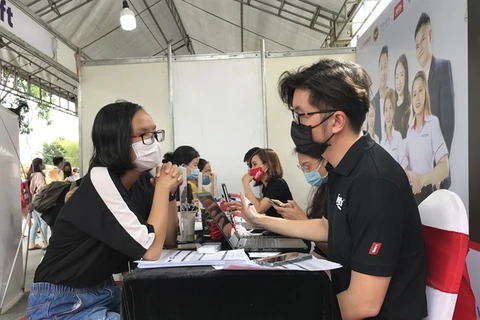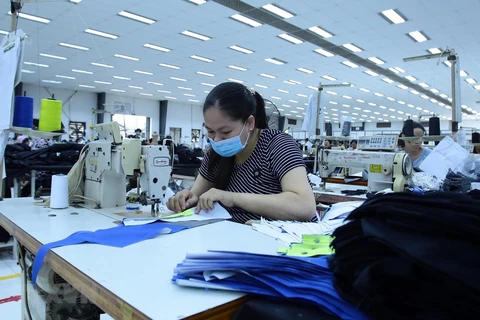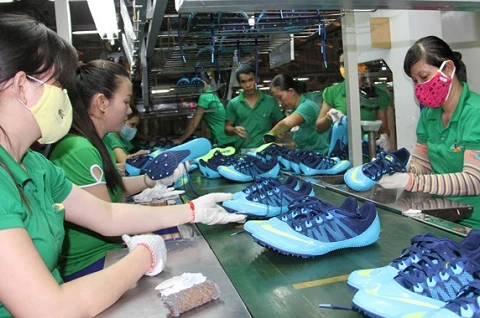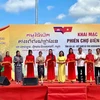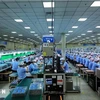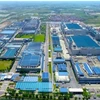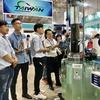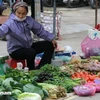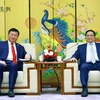Hanoi (VNA) - Despite COVID-19 cutting into demand for textiles and garments, enterprises have poured investment into materials to improve production capacity, completing the supply chain and taking advantage of new generation free trade agreements (FTAs) that have come into effect.
The Century Synthetic Fiber Corporation (CSF), one of the leading companies in the textile-garment industry, has recently approved a 120 million USD investment plan for the Unitex synthetic fibre factory project in Tay Ninh province. It has a total capacity of 60,000 tonnes and focuses on recycled yarn and high-quality fibre. CSF will become the second-largest fibre producer in the country once the factory is operational, with a total capacity of 120,000 tonnes per year.
The Viet Tien Garment Corporation also plans to invest 300 billion VND (13 million USD) in several projects this year, including 100 billion VND (4.3 million USD) in the establishment of the Viet Thai Tech Co. Ltd, with a view to securing raw material resources.
Similarly, the Thanh Cong Textile Garment Investment Trading Joint Stock Company (TCM) has announced it will start construction of its Vinh Long 2 factory this year. With an investment capital of 10 million USD, the factory can manufacture 9 million items a year.
According to TCM, investment in the production of raw materials became necessary to boost its overall capacity of 33 million items per year. With this new project, it is expected to increase revenue in the segment by 22 percent in 2022 and 27 percent in 2023.
Vietnam has become the third-largest textile exporter in the world, after China and India. Its textile-garments industry enjoys advantages from a number of FTAs that are a driving force for them to continue investing in expanding production. For example, with the EU-Vietnam Free Trade Agreement (EVFTA), exports that meet the rules of origin in fabric production are eligible for tax incentives.
The UK-Vietnam free trade agreement (UKVFTA) has similar regulations.
Rules of origin have been tightened in the Comprehensive and Progressive Agreement for Trans-Pacific Partnership (CPTPP), with requirements that all materials from fibre production to the final stage are produced in Vietnam.
With the EVFTA coming into effect from August 1 last year, tax rates on garments will be reduced from 12 percent to zero percent in accordance with a seven-year roadmap. The agreement provides many more competitive advantages to Vietnamese products compared with those from countries such as Bangladesh, Cambodia, and Pakistan.
New investment projects, especially in the production of raw materials such as yarn and fabric, will resolve shortages of input materials in the industry.
As the production capacity of enterprises rises, they will benefit from having more resources increasing the percentage of origin as stipulated in FTAs.
According to the VNDirect Securities Joint Stock Company, raw material investment projects will partly resolve technical barriers in the EVFTA and CPTPP.
Along with benefits from tariff eliminations, the EVFTA will also help promote the formation of a closed production chain, increasing added value for the industry and gradually reducing dependence on the importation of raw materials.
“Vietnam has become an important link in the global textile and garment supply chain, so businesses will continue to pour capital into increasing production capacity and take advantage of market opportunities from FTAs,” Vu Duc Giang, President of the Vietnam Textile and Apparel Association (Vitas), was quoted by the Dau tu (Investment) newspaper as saying./.
VNA

